Abstract 10/2022
Table of content
Tomasz Kula – The analysis of the Polish railway market and image of rail passenger carriers
Ryszard Przybyszewski – The concept of integrating tram transport with suburban bus transport on the example of Toruń
Przemysław Sekuła – Traffic volume estimation with the use of neural networks
Andrzej Rudnicki – Determinants and threats to the development and operation of tram transport
Abstracts
Tomasz Kula
The analysis of the Polish railway market and image of rail passenger carriers
Abstract: The article focuses on the analysis of the Polish passenger rail market in the reality after the reform of the PKP (Polish State Railways) and the establishment of separate passenger rail companies. A review of the existing and competing railroad companies in the market and their marketing activities is made. Internal competitiveness in the Polish passenger transport market is presented. Based on the analysis and surveys, it was found that the level of public knowledge of the rail market is insufficient. Among travellers, the stereotype that every rail carrier in Poland is the PKP can still be noted. There is also an observed lack of general awareness of the changes that have taken place on the railroad in Poland over the past 20 years. The company that carries the most passengers in Poland is Polregio, while the commonly associated brand among the representative group turned out to be the PKP Intercity, which conducts the most expansive marketing activities. Travel time turns out to be the most important preference when rail customers choose a carrier.
Key words: railway transportation, competitiveness, rail carrier
Ryszard Przybyszewski
The concept of integrating tram transport with suburban bus transport on the example of Toruń
Abstract: The past few decades have seen in Poland a sprawl of large urban organisms beyond their administrative boundaries. In the case of Toruń, the phenomenon of suburbanisation includes all neighbouring municipalities, where several suburban settlements with more or less concentrated single-family housing have been built. The article describes the concept of improving the integration of the city with the bordering boroughs, which is to be made possible in a special way by new ‘transfer’ bus lines radially extending beyond the city limits and linked to the existing and developing tramway traction. The article includes the main assumptions for the routing of the access lines, the location of the interchanges and their various design solutions. The interchanges were placed in the median strips separating the carriageways with the tramway tracks – especially in the strips with a width of more than 20.0 metres. All this is done with the highest principles of passenger safety in mind, with interchange on a single platform. The solutions under discussion are in line with the declarations of international institutions, national and European Union policies on the development of public transport, improved traffic safety, environmental protection, including electromobility.
Key words: public transport, regional passenger transport, commuter lines, interchange
Przemysław Sekuła
Traffic volume estimation with the use of neural networks
Abstract: This paper presents the method of estimating hourly traffic volumes based on artificial neural networks and GPS data. This method was developed by the University of Maryland, Center for Advanced Transportation technologies in research founded by State Highway Agencies. The presented method allows for estimating traffic volume in the entire road network with an EMFR error that is usually smaller than 7%. Additionally, the modifications of the presented method that enables leveraging existing continuous count stations in order to increase the accuracy of the model, as well as the optimal way of deploying such stations, are also discussed. Finally, we discussed ways of reducing the cost of the presented solution by utilizing large data sets and models gathered or trained in different places and time periods.
Key words: traffic, traffic volume, neural networks
Andrzej Rudnicki
Determinants and threats to the development and operation of tram transport
Abstract: The coverage of conditions and threats to the development and operation of tramway transport is reminiscent of the SWOT analysis, except that some segments of this analysis have been merged. The article outlines the timeless role of tramway transport, with periods of its regression and revival. Nevertheless tram remains a stable element in the development of urban transport systems. The technical and functional characteristics of the high-speed tram system and terminological issues are discussed. Functioning rapid tramway solutions in several Polish cities are briefly described, pointing out their specificities. Multiple determinants and threats are sorted out as far as tram transport and other elements of the transport system are concerned. The urban and political context and economic, social and environmental aspects are also addressed. Measures to improve the capacity of the tramway network are outlined. A frequent reference illustrating some aspects of the analysis is the case of the ongoing investment to extend the fast tram line to the Górka Narodowa terminal in Kraków. A summary synthesises the most relevant insights on selected issues.
Key words: urban transport, tram transport, tram network, fast tram

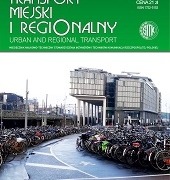
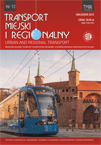 SITK RP
SITK RP 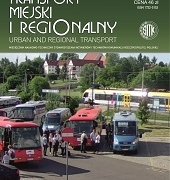
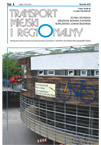 SITK RP
SITK RP 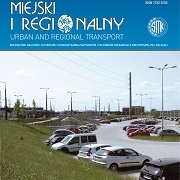 SITK RP
SITK RP 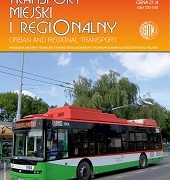

 SITK RP
SITK RP SITK
SITK